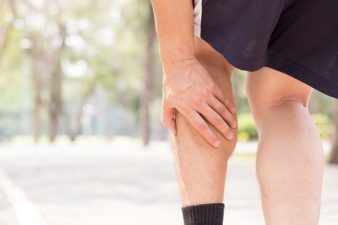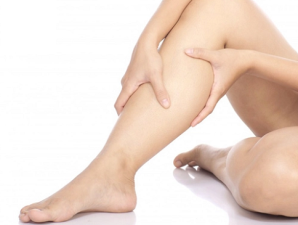Living with a herniated disc can be a source of significant discomfort and pain, often impacting daily life. But can you cure a herniated disc? And if so, how can you do it naturally? In this blog post, we’ll delve into the realm of natural and alternative treatments that could aid in the journey towards healing from a herniated disc.
Understanding Herniated Discs
Herniated discs, also known as slipped or ruptured discs, occur when the soft jelly-like center of a spinal disc pushes out through a tear in the tougher exterior. This can irritate nearby nerves and result in pain, numbness, or weakness. While some cases may require medication or even surgery, there are instances where a natural approach may help manage symptoms and promote healing.
Natural and Alternative Treatments
Physical Therapy: This is often a primary recommendation for dealing with a herniated disc. A physical therapist (PT) can provide a series of exercises tailored to your specific condition and needs. This could include exercises for a C5-C6 herniated disc or an L4-L5 herniated disc. PT exercises aim to alleviate pain, strengthen the surrounding muscles, improve mobility, and promote the best possible healing environment.
Acupuncture: This ancient Chinese therapy involves inserting fine needles into specific points on the body to balance the body’s energy flow. Some studies suggest that acupuncture may help alleviate pain and improve mobility for those with herniated discs, particularly when paired with other treatments like physical therapy.
Aqua Therapy: Also known as water or hydrotherapy, this treatment can be a gentle way to exercise and strengthen the body without putting too much strain on the back. The buoyancy, resistance, and temperature of the water can aid in reducing pain, increasing circulation, and improving flexibility and strength.
Cupping: This is another traditional Chinese medicine technique that involves placing cups on the skin to create suction. While there’s limited scientific evidence about its effectiveness specifically for herniated discs, some people find it helps reduce pain and promote relaxation.
Personal Journeys Towards Healing
While it’s important to note that every individual is unique and what works for one person may not work for another, personal stories can sometimes offer insight and inspiration. The accounts of people who say, “I cured my herniated disc,” often involve a combination of treatments like regular physical therapy exercises, lifestyle changes such as a healthier diet and proper posture, and alternative therapies like acupuncture.
Herniated Disc Settlement
For those who’ve suffered a herniated disc due to incidents like car accidents or work-related injuries, obtaining a herniated disc settlement might be a crucial part of their healing journey. This financial compensation can help cover medical expenses, lost wages, and compensate for pain and suffering. Consultation with a personal injury attorney can provide assistance and guidance in such cases.
In Conclusion
While the journey to heal a herniated disc naturally can require time and patience, exploring an array of treatments from physical therapy to acupuncture, aqua therapy, and even cupping can offer potential avenues to recovery. Always consult with a healthcare professional to devise a treatment plan tailored to your specific needs. Each individual’s healing process is unique, so it’s important to find what works best for you and your body. Remember, it’s not just about finding a cure but also about enhancing overall well-being and quality of life.
Chiropractic Treatment for Herniated Discs
The approach of chiropractic treatment for herniated discs is typically holistic and patient-centered, aiming to provide relief without surgical intervention or drugs.
Spinal Manipulation: This is the most well-known chiropractic technique, also called chiropractic adjustment. The chiropractor applies a controlled, sudden force to the affected spinal joint, which may help to align the spine, improve spinal function, and alleviate pain. This technique, when done correctly by a professional, is considered safe but should not be performed if certain contraindications exist, like severe osteoporosis or spinal cancer.
Flexion-Distraction Technique: This is a gentle, non-thrust type of spinal manipulation often used for herniated disc treatment. The chiropractor uses a special table that distracts or stretches the spine, and by using a pumping action on the disc instead of direct force, the pressure on the disc can be reduced, leading to pain relief.
Pelvic Blocking Techniques: These methods involve placing cushioned wedges on the sides of the patient’s pelvis, along with gentle stretches. This can help move the disc away from the nerve, reducing inflammation and pain.
Physical Therapy Modalities: Many chiropractors also employ physical therapy techniques, such as ice and heat therapy, electrical stimulation, or ultrasound to reduce inflammation and muscle spasm associated with herniated discs.
Exercises and Lifestyle Modifications: A chiropractor can provide exercises tailored to the patient’s condition, which can help strengthen the spinal muscles and prevent further injury. They may also offer advice on posture and ergonomics to help prevent disc herniation in the future.











